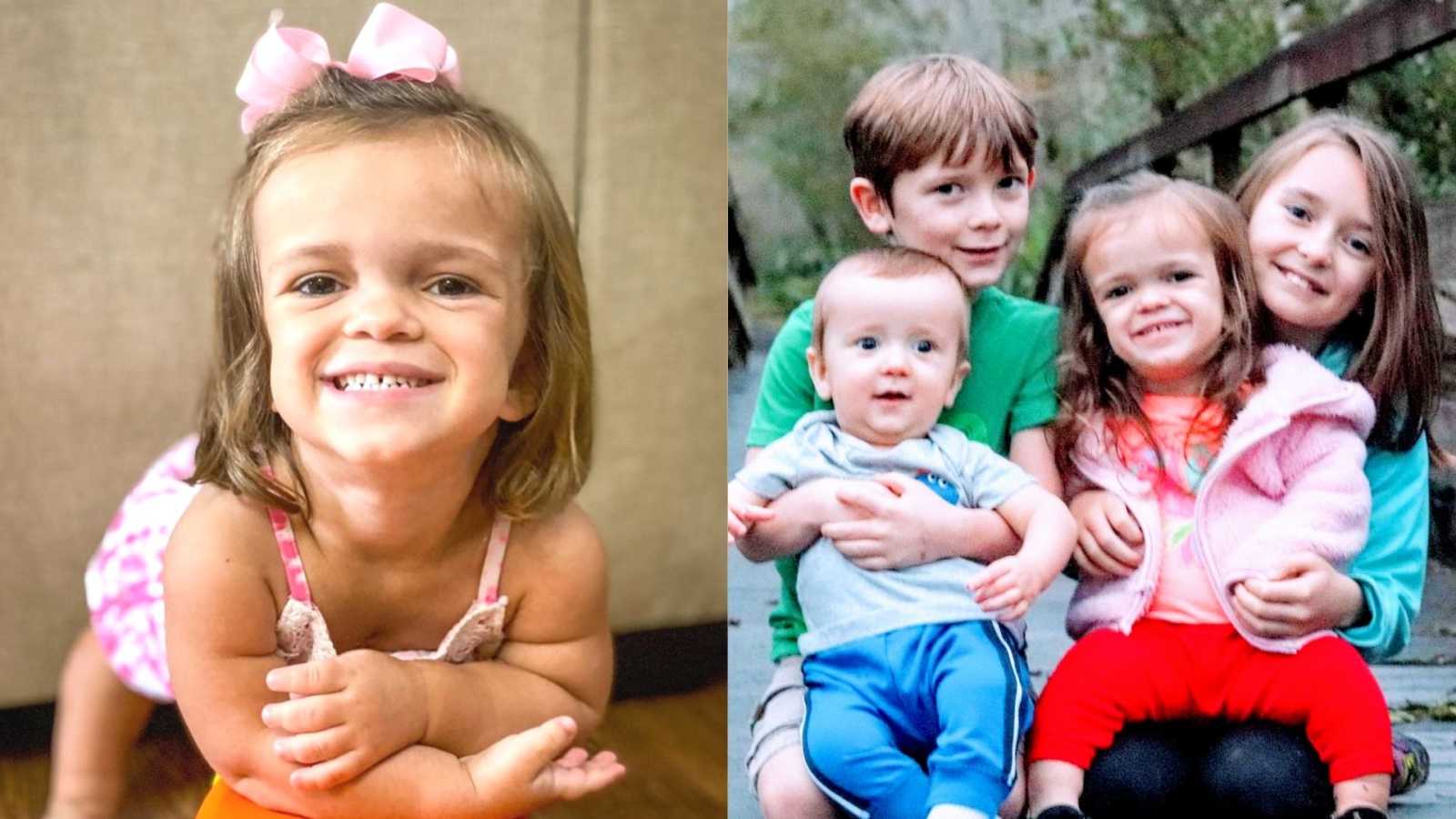“September 12, 2016, is a day I will never forget, and it’s not just because it’s my daughter, Sutton’s, birthday. I was 39 weeks and 3 days, and my water broke very early in the morning. I was so confused at first, because I know it’s pretty rare for your water to break on its own, and this wasn’t my first rodeo. It wasn’t my water breaking like you see in the movies—it was more of a pop and wetness, but I knew I didn’t pee my pants. I woke up my husband, Ryan, and we headed to the hospital. Once there, they tested my water and thought it wasn’t it because my water bag was fully intact. Sure enough, it was my water! It was BABY TIME.
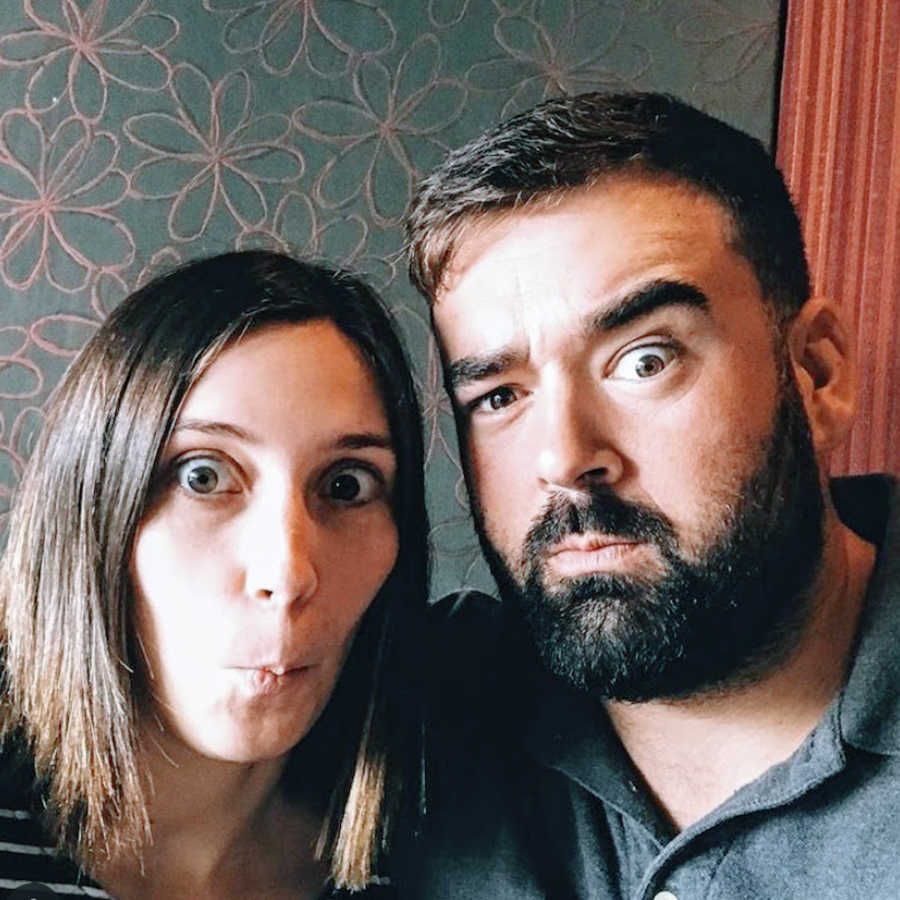
This was my third pregnancy, and my prior ones were pretty quick and smooth sailing. I expected that this time, also. One thing that was really weird was my water broke two or three times and it was A LOT. So much so, even the nurses mentioned how much it was each time. Then as time passed, I wasn’t progressing as much as I had expected to, and her heart rate was dropping with contractions. I got really close to having a c-section. There were so many doctors in there once I finally delivered. I remember when she was finally out, my OB handed her over to the nursery/NICU staff. The first words out of Ryan’s mouth were, ‘She looks like a midget.’ I remember just nodding along and saying, ‘Yeah. She does.’

When I finally got to hold her, I looked down at her hands and knew something was off. I asked Ryan if they looked strange to him and he blew me off. I remember counting them a couple of times and making sure she wasn’t missing any or had extra ones. She didn’t—ten little fingers were there. A couple of hours after she was born, the neonatologist came in and asked if he could speak with us. He told us he had some medical concerns and wanted our permission to run tests on her. He was very vague and wasn’t telling us anything else. My brain automatically went to something like Down syndrome. I’m a very anxious person in general, so this is when my anxiety started to kick in.
The next day, the neonatologist came in, and again, he was vague. We asked him what he thought was wrong and he mentioned dwarfism—she may be a little person. Immediately, I thought to myself, ‘So she’s going to be small? No big deal! We can handle this.’ But we could tell there was something else he wasn’t telling us. We pushed a little further, and that’s when he mentioned Jeune syndrome. We then did the worst thing you can do when getting a possible diagnosis—Googled it. He informed us they wanted to run some more tests, and he wanted to get us set up with a geneticist friend of his as soon as he could. When he left the room, we lost it. I have seen my husband cry maybe twice in our whole marriage, and this was one of those times. Thinking of losing our brand new, perfect baby girl, thoughts of how to tell our kids, what life looked like, everything—it was OVERWHELMING.
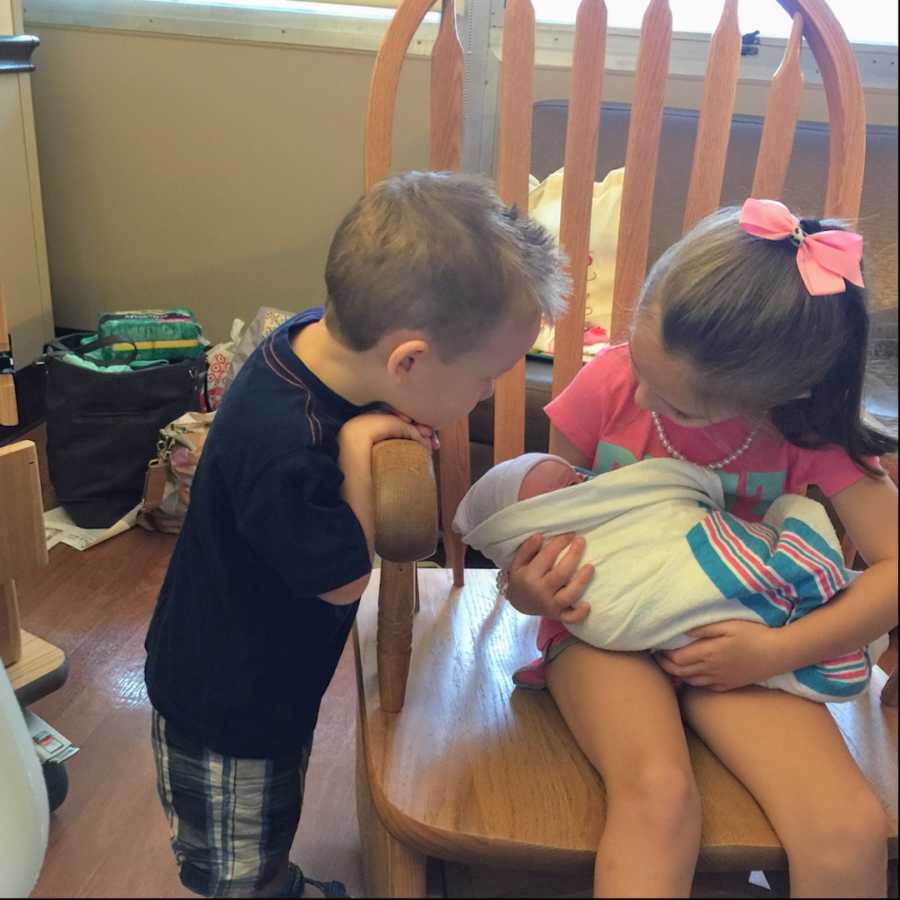
At this point, my anxiety was out of control. I wasn’t sleeping or eating because I was so stressed. It was the scariest thing I’ve ever been through. I immediately started researching all the dwarfisms. The possible Jeune syndrome diagnosis wasn’t making sense to me. From everything I was reading, these babies were born with breathing issues. But Sutton was perfect! She didn’t even have to go to the NICU! That’s when I stumbled across achondroplasia. I lay there, looking for successful, thriving people living their lives, and it brought me a small sense of peace. We were very open with our family and our kids from the beginning. We just explained to them Sutton was a little different than us and we weren’t sure what it meant yet, but once we did, we would let them know. Our geneticist appointment was scheduled for her 1-month birthday. A couple of days before, I had a bad feeling about this appointment, so I called to make sure they had us on the books. Well, they didn’t!
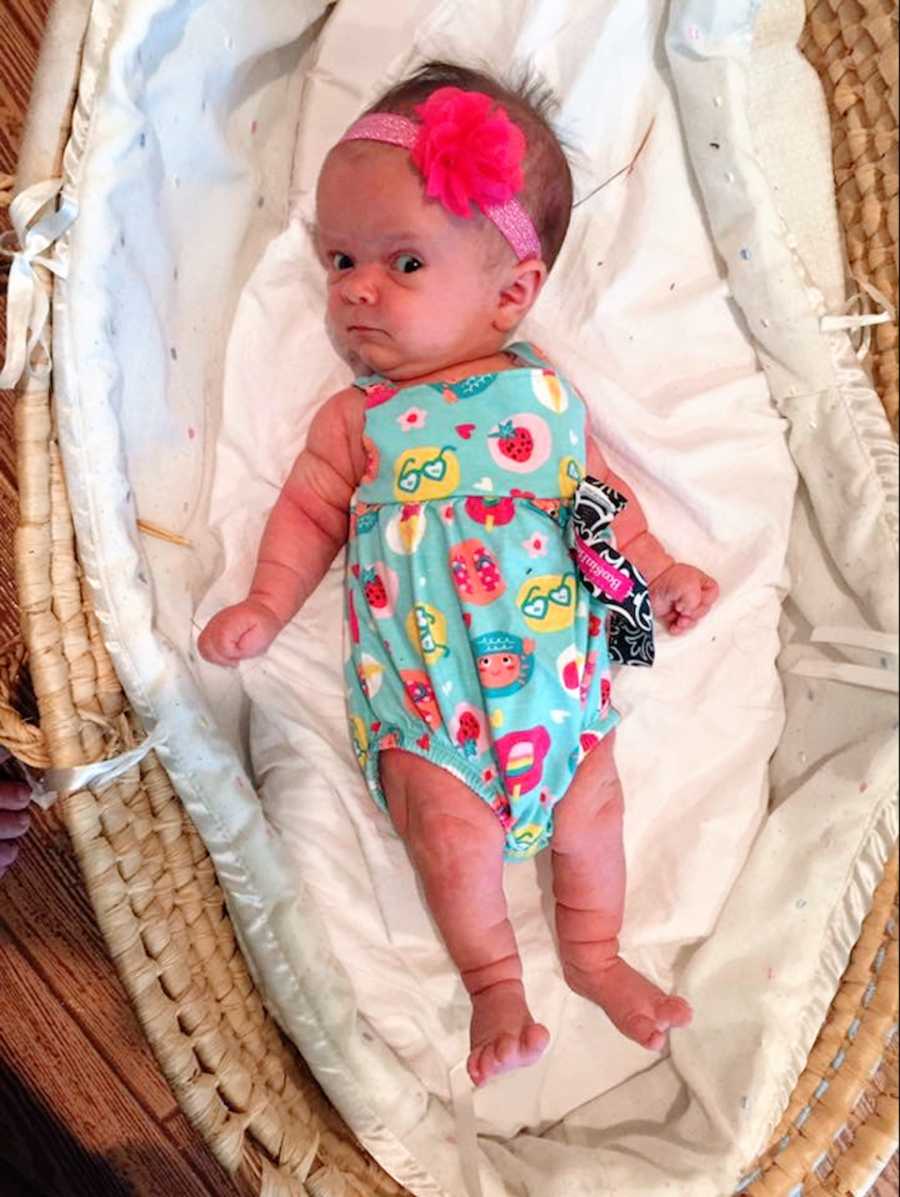
I spoke with the geneticist at this time and he asked how she was doing and said he would see us at the appointment IF she made it until then. I was APPALLED. You’re telling me you think my daughter is critical enough you don’t think she’ll make it to one month old, but you’re waiting a month to see her?! That doesn’t even make sense. Fast forward to the appointment—she was alive and thriving. We walked in, sat down, and I asked if it was possible she had achondroplasia immediately. He informed me we would get there. He then walked through our medical history, kids’ medical histories, and asked if we were related multiple times. He was talking through the diagnosis and he had a book on the table comparing the two. A BOOK. As this appointment went on, I just got more and more frustrated.
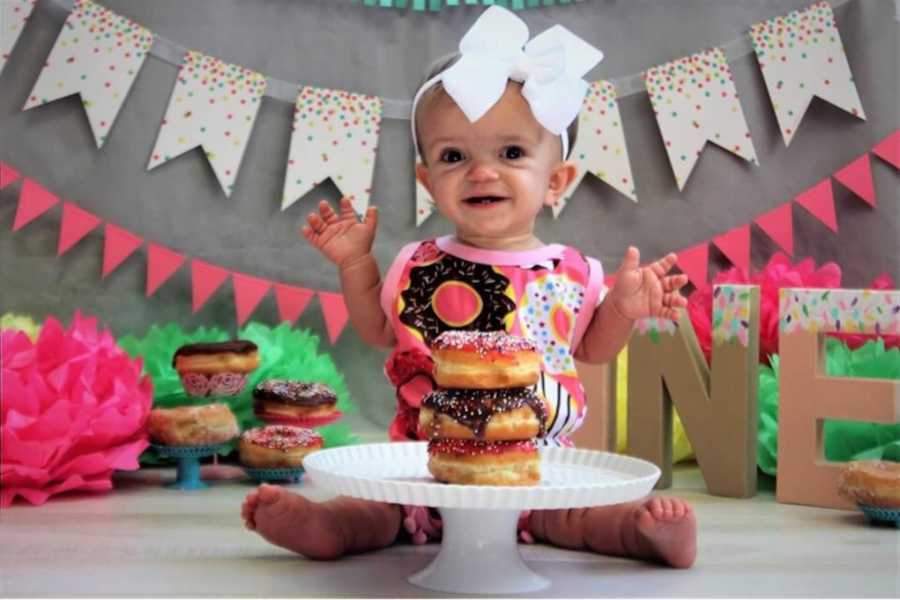
Next up was the physical exam. As soon as he looked at Sutton’s hands, he said she had achondroplasia dwarfism. Why? She has the tell-tale sign of it—starfish or trident hands. He measured her, noted her leg rolls, and took pictures for his records. We then went down to get additional imaging to verify the radiologist agreed on the diagnosis. We asked the geneticist if we could get a referral to a skeletal dysplasia program that deals with dwarfism exclusively. He said no because he could treat her himself. I was livid. You just diagnosed our daughter with dwarfism using a BOOK, and now you won’t refer us to specialists? I couldn’t believe it. This is when it really sunk in for me. The moment they mentioned dwarfism in the hospital, the mom in me knew. It was a God thing for me. That’s the only way I know to explain it.
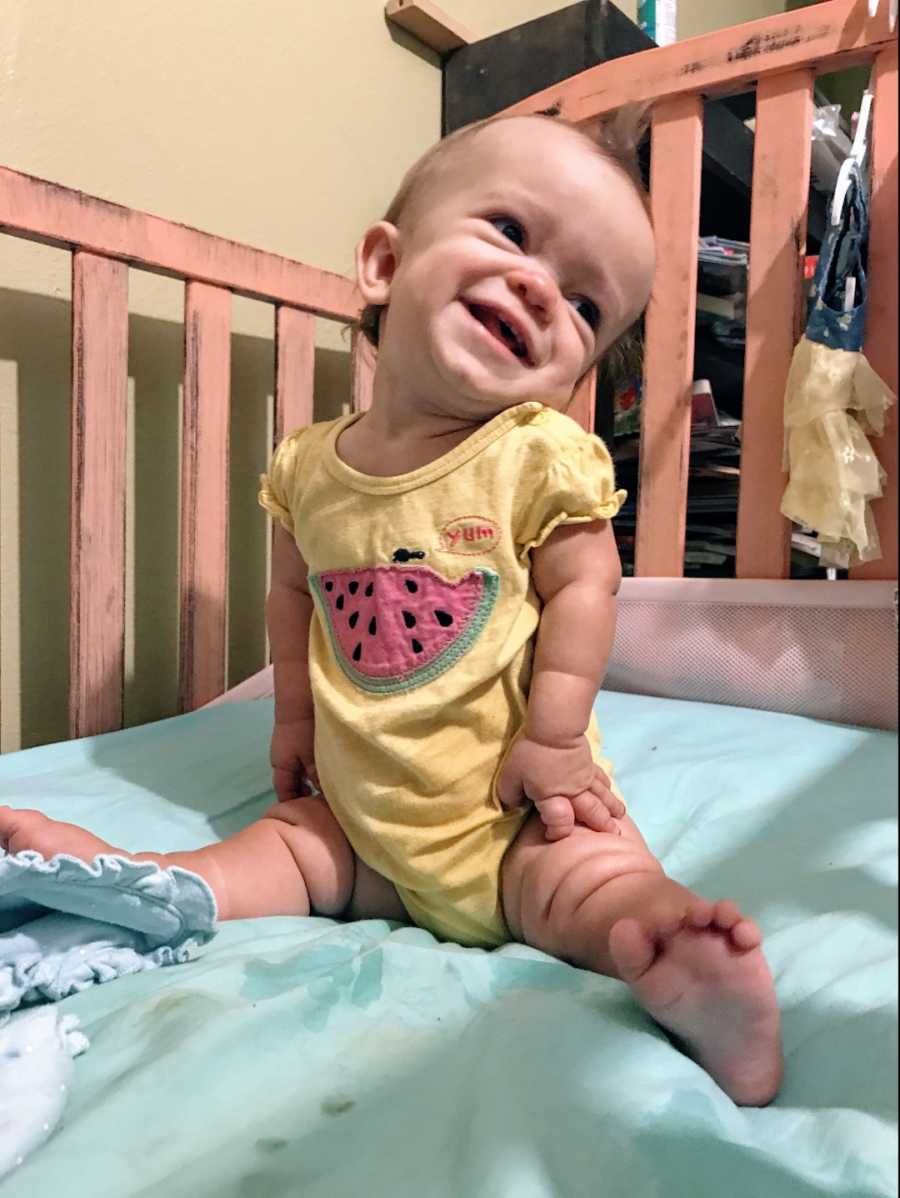
It was so refreshing hearing a diagnosis. Not because I wanted her to have dwarfism, but it’s easier to deal with what you know. So now we could change things—the way we took care of Sutton, the doctors we saw, and what we needed to learn. It was A LOT. We didn’t even know dwarfism was something we should be concerned about. But 85% of the time, a child with dwarfism is born to average-height parents. We had two average-height kids, Sutton with achondroplasia dwarfism, and we had one more average-height baby. When we got home, we shared with our kids the diagnosis in child-friendly terms. They were little, so they didn’t understand, and I don’t think they fully understand even now. All we can do is keep them informed and be honest with them.
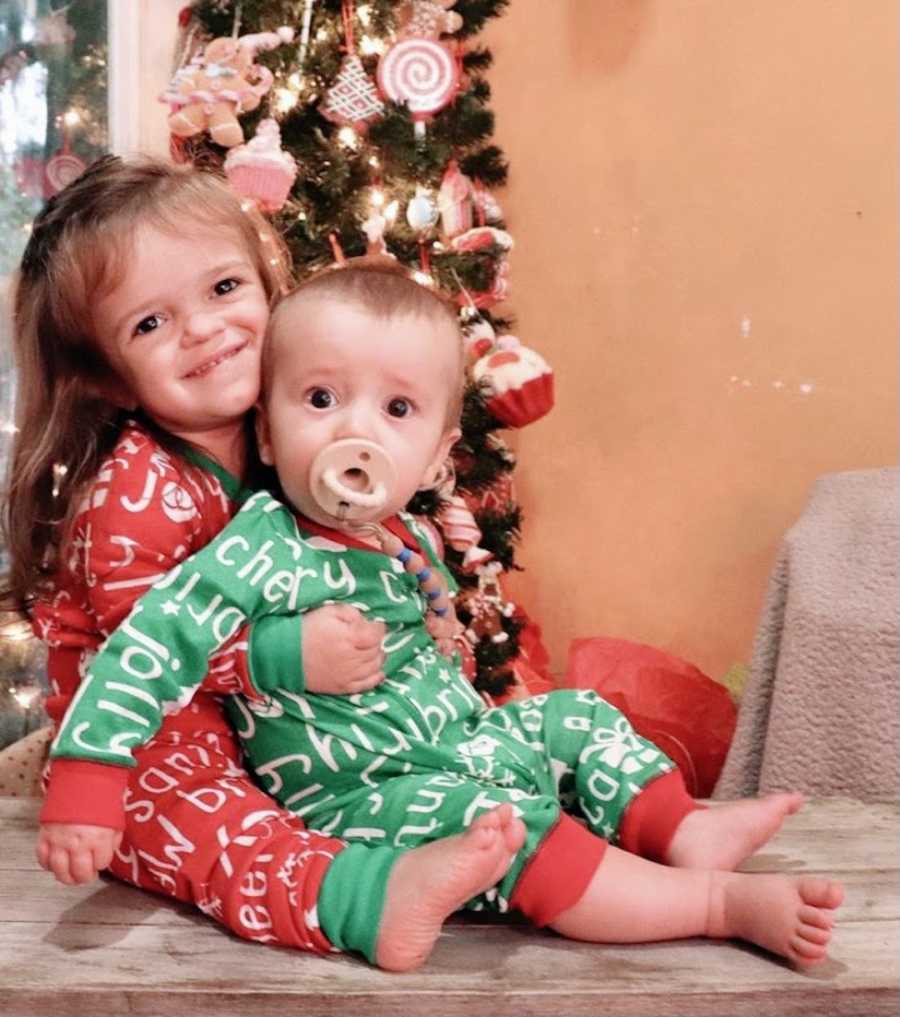
Along with the diagnosis came a change in how we raised her. Because of her risk of kyphosis (curvature of the spine), she needed her back to be very supported. This meant things we used for our average-height kids didn’t work for her, like swings, baby-wearing, umbrella strollers, and anything that put her body in a c-position. She spent a lot of her first year on the floor, just hanging out. Little people usually have delayed milestones and that was true for Sutton, but not to the degree we were expecting. She sat up at 7 months and walked at 16 months! She hasn’t stopped since. Because her physical milestones were delayed, her communication and cognitive milestones were advanced. One of the unfortunate things about her diagnosis is some people are jerks! I can’t tell you how many times someone has pointed out how she has a big head. Or how she’s a ‘bow-legged baby.’ These comments sting so badly. We know she doesn’t understand them, but one day she will.
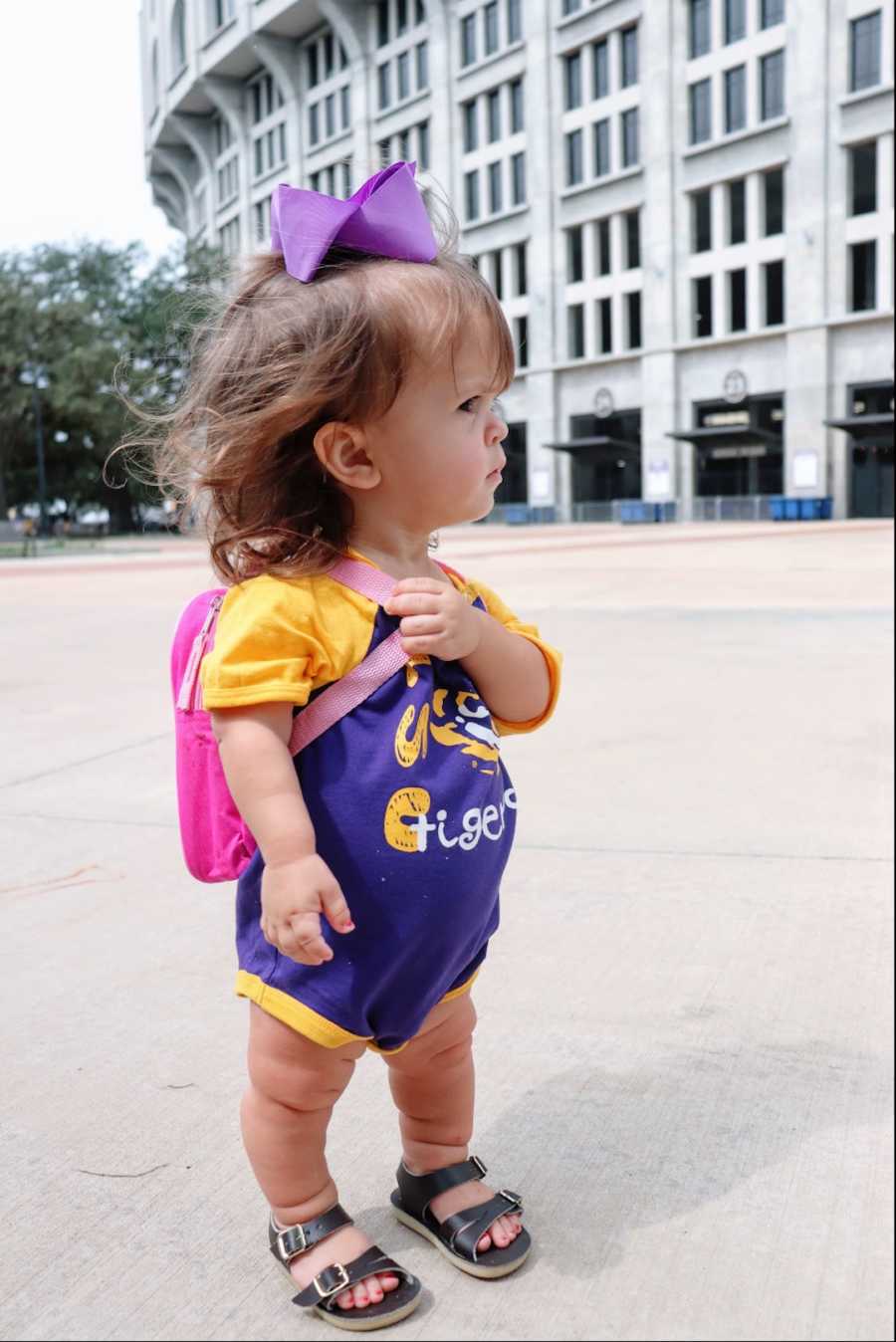
The whole first year of her life was intense. It sounds crazy to say, but I went through a grief period, mourning the life I imagined for Sutton. I had so much guilt surrounding this! But it was necessary. I needed to feel those things so I could deal with it and move on. God had been working on me, and this was where I really see all those moments coming together. Now I had to trust Him. I had to advocate and fight for my daughter. We had many surgeries the first year, and I think I had postpartum depression. It was the hardest year of my life and worth every single moment. Sutton had many tests—first set of tubes at 6 months and decompression surgery at 7 months. By 1-year-old, she was on her third set of tubes and had her adenoids taken out. Her medical life calmed down significantly once she turned 1, and it has been pretty steady since.
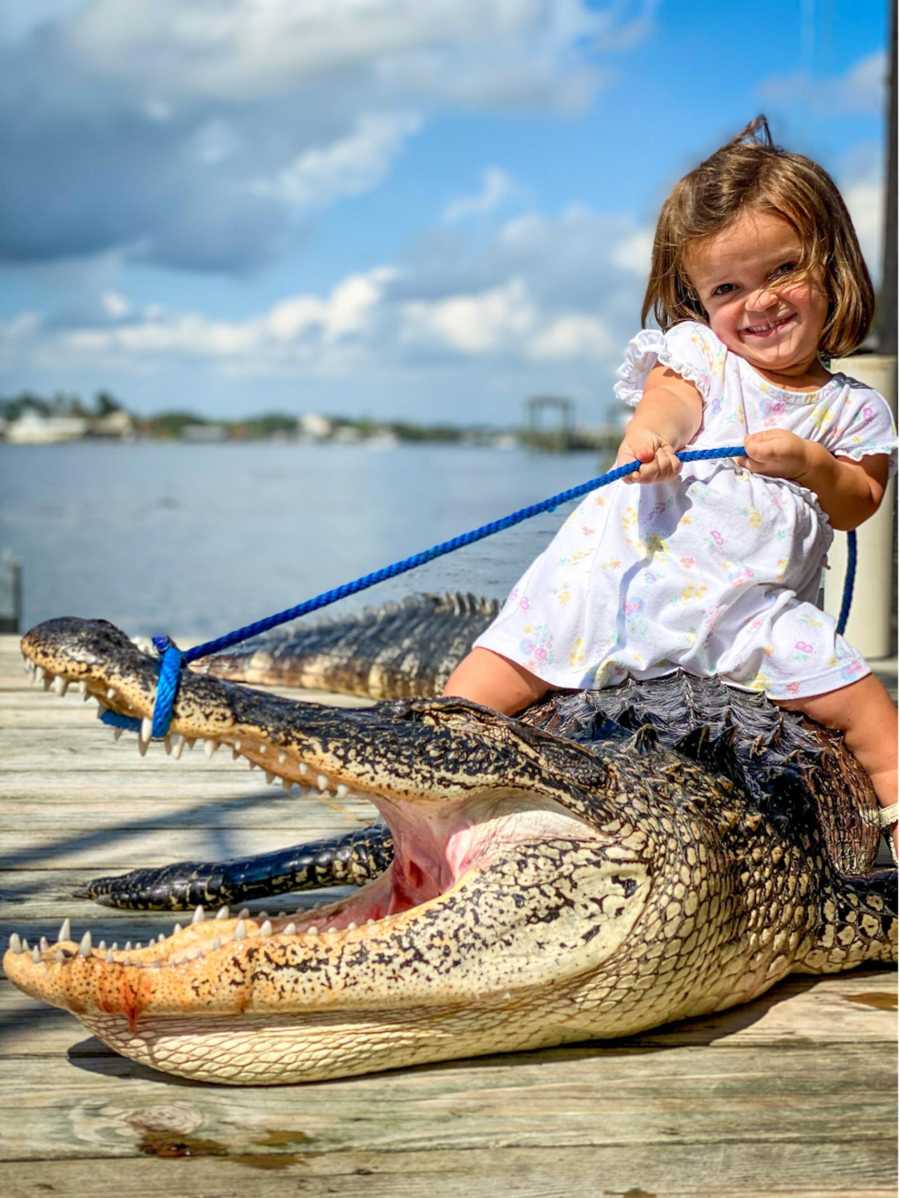
We still see all our specialists, have annual sleep studies, and monitor her. But she’s doing amazing, and for this, we are so thankful! When I first started researching her diagnosis, there wasn’t much out there in terms of advocating. I scoured Instagram and couldn’t find what I was looking for. I wanted to see kids and adults THRIVING. That’s when I really got active on social media and started sharing (and oversharing) Sutton’s life. It was scary because I always worry she’s going to hate me or hate I shared so much of her life. But if it helps one person or one family through a dark time? It is absolutely worth it.
Sutton is so much more than I ever dreamed. She draws people in like moths to a flame. She’s hilarious, beautiful, silly, outgoing, sincere, and she loves people! I know God gave her dwarfism for a reason. Sometimes it’s hard to trust this, but I know deep in my soul everything is going to be okay. Better than okay, even. It’s going to be amazing!”
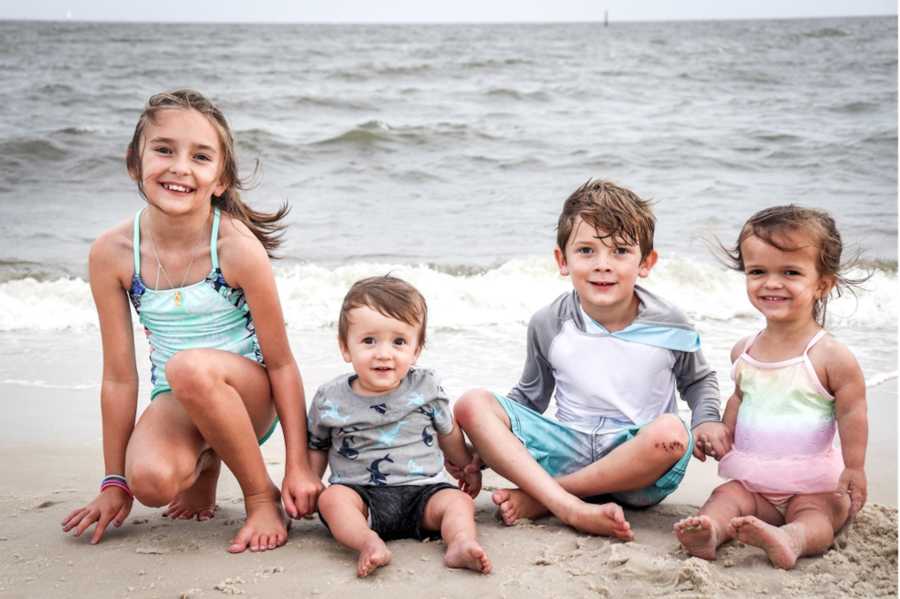
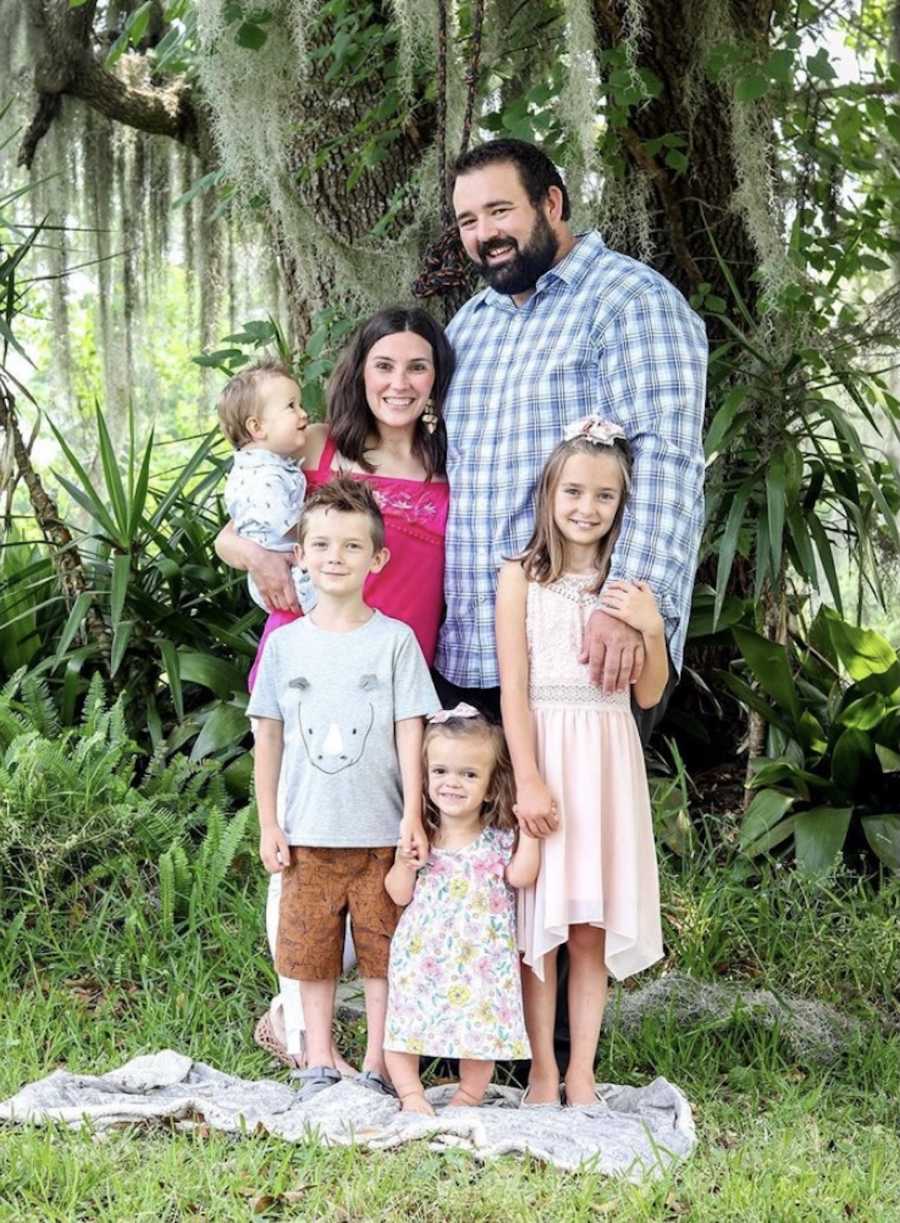
This story was submitted to Love What Matters by Danielle Vincent of Louisiana. You can follow their journey on their Instagram and blog. Submit your own story here, and be sure to subscribe to our free email newsletter for our best stories, and YouTube for our best videos.
Read more stories like this:
SHARE this story on Facebook to help celebrate unique and beautiful differences!

